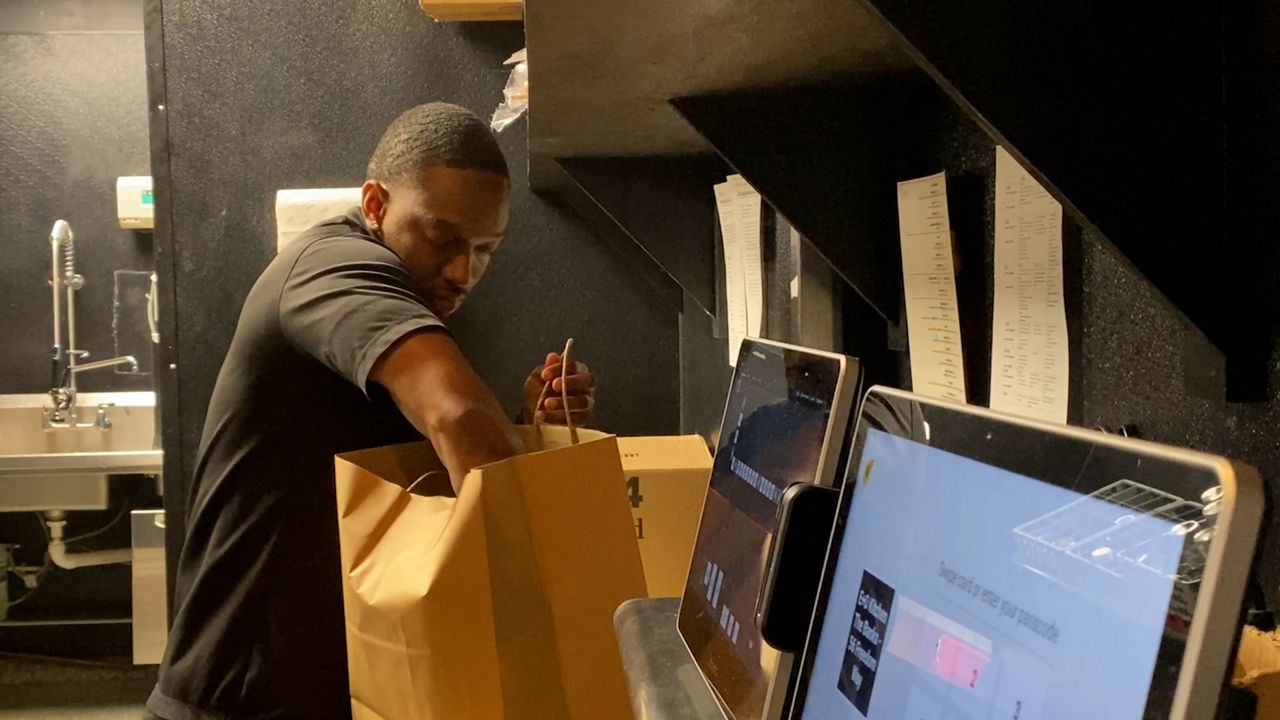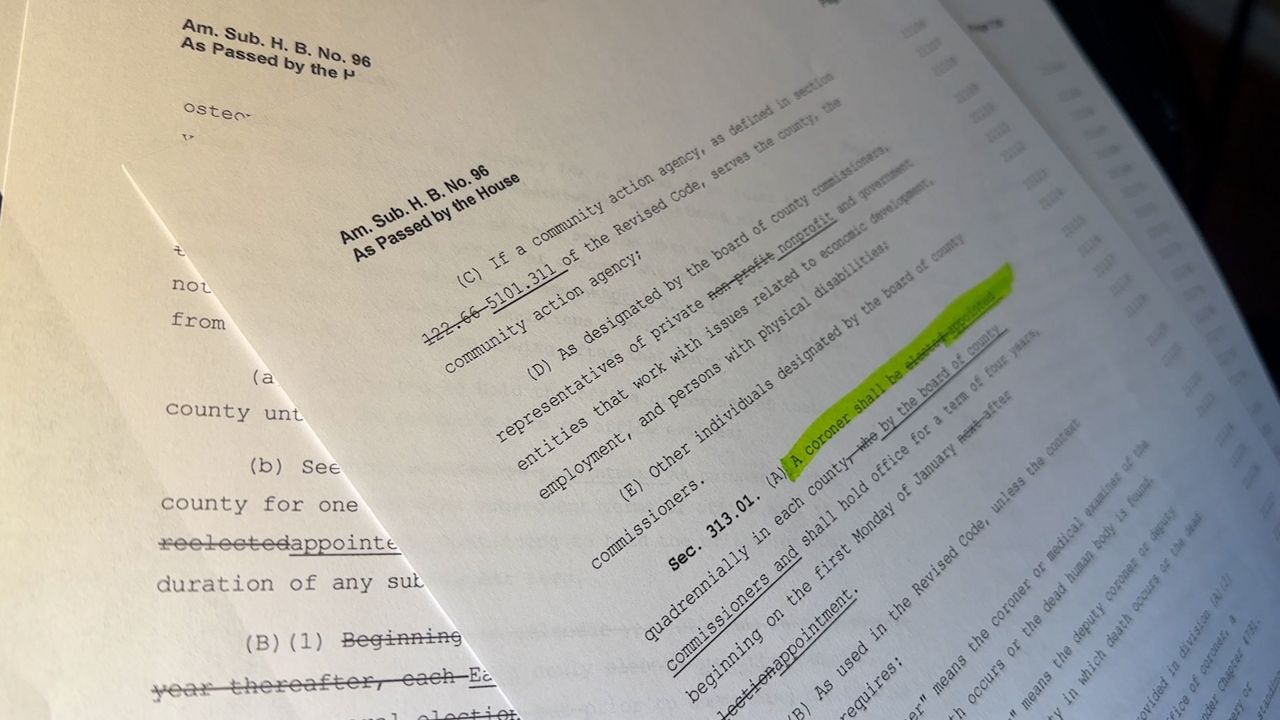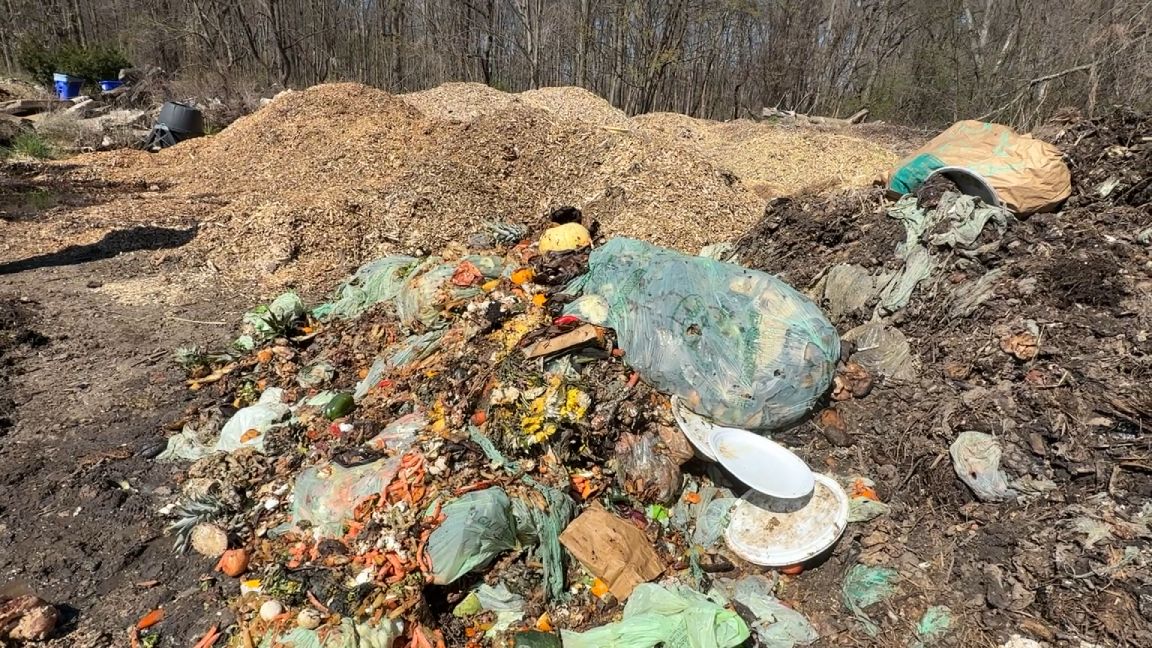CINCINNATI — It may feel for many people like eating out is costing more than ever, and they’re not wrong. Restaurants report inflation and supply chain issues have yet to improve from last fall.
What You Need To Know
- Prices are at a 40-year high according to the CPI
- March’s prices were 8.5% higher from 2021
- With rising costs for food, transportation and packaging material, restaurants see lower than average profit margins
- Many are passing those costs onto consumers through fees or price hikes
With their profit margins razor-thin, many have sought creative ways to stay afloat, including dropping menu items, adding new fees, raising their prices and even adding a supply chain surcharge, meaning customers are paying.
At Mt. Adams Bar and Grill, Pat Sheppard credited her regulars for keeping her kitchen running for more than 30 years.

“We have such a great group of customers,” she said.
During the past two years, she said it’s felt truer than ever.
“It’s one thing after another that isn’t even completely taken care of yet,” Sheppard said.
In 2020, the restaurant closed for three months, unable to make takeout-only service sustainable. Then when they could return to reduced capacity, Sheppard said customer support came back in droves.
By 2021, it felt like old times in the dining room, but in the kitchen, the supply chain was causing its own disruptions.
“It’s I can’t get wings, so then we might be out for two days,” Sheppard said. “And then we can get wings, but we can’t get Frank’s Hot Sauce, which we make the wing sauce out of.”
On top of unpredictable ingredients, she said prices started climbing faster than she’d ever seen.
“Everything almost doubled in price, from gloves to straws,” she said.

According to the Consumer Price Index, prices increased 8.5% in March compared to the same month last year, making it the biggest year-to-year increase in more than 40 years
“Twice since COVID, we had to bring prices up,” Sheppard said.
Sheppard said she’s tried to keep the impact minimal. She started with menu adjustments, taking some items off and replacing them with more reliable, cost-effective options.
Then the prices went up by 50 cents, then a full dollar. During the past year and a half though, Sheppard said she made the commitment though that any cost increase would be fully transparent, reflected on the menu.
“There are some things that are easier to understand,” she said. “And when you start adding fees, people start thinking ‘I’m paying for this and I’m paying for that.’ Just bump the price of your food, or your beer.”
E+O Kitchen, which owns three relatively new, higher-end restaurants around the Cincinnati area, came to a different conclusion.
“We’ve made the pretty conscious and pretty tough decision to do everything we can to keep prices the same for our guests,” said Tony Castelli, the marketing director for E+O Kitchen.

Castelli said the business, which opened two of its restaurants amid the pandemic, has been fortunate to be breaking sales records nearly every month, though he said the cost of inflation and supply chain woes have been increasingly difficult to overcome.
“Though our revenues have gone up, our margins are much lower, and that’s a result of our total cost of goods,” he said.
Looking for a way to keep the menu affordable, Castelli said E+O looked for another way to increase their costs. The restaurant saw that take out which was once less than 1% of their business had skyrocketed in both popularity and price, so Castelli said the restaurant group expanded its online ordering portal and added a 5% service fee to all take out orders.
“Hard goods like to-go boxes, chopsticks and forks, those things are super expensive,” he said. “So as long as we can be mindful and fair to everybody in the process, we’ve found that our guests have been super supportive and willing to pay that fee.”
Other restaurants have opted for other methods, such as adding the processing fee for credit card purchases to the bill, or like Taste of Belgium, adding an 8.5% “supply chain surcharge” instead of making permanent price changes.
Sheppard meanwhile, said her current prices may need another look, but she’ll keep customers in mind as she weighs those decisions. Now that they’re back in the building, she hopes their support will keep her business running.
“It can be worse,” she said. “We already went through worse.”










